The sound of flushing the toilet: effective methods of
Absolutely silent toilet, which does not emit any sounds when working - a phenomenon that almost does not occur in nature. But the products that notify not only your apartment, but also several neighboring ones, about flushing and a set of new water, can be found quite often.
However, it is not necessary to put up with such sound. If the toilet bowl is noisy, it is quite possible to fix it, or at least reduce the volume of work to acceptable limits.
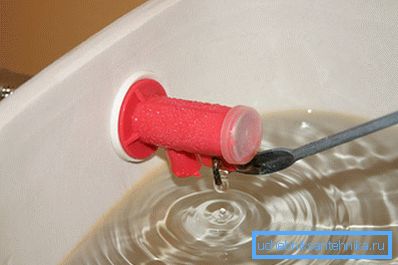
Noise Causes
During operation, the toilet can make loud noises for a variety of reasons. So before starting the repair, it is worthwhile to spend some time analyzing the situation in order to understand what we need to fix in the mechanism.
The most common causes of this phenomenon include:
- Problems with the operation of the crane supplying water. As a rule, the problem is either in laying or in excessive pressure.
- Foreign objects entering the hose diffuser, connecting the tank to the tank.
- Lack or detach special pipe, which connects to the supply valve inside the tank.
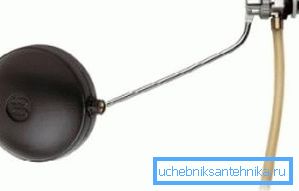
Note! This problem is typical for models with lateral water connections. Products with bottom connection are usually deprived of this disadvantage: they have water taken from the bottom up, and therefore it does not rumble in the initial stages.
- Malfunctions in the overflow mechanism.
- Salt deposition in the tank, which leads to improper functioning of valves.
- Float damage, as a result, it begins to fill with water, making characteristic gurgling sounds.
However, these are not the only reasons that cause a loud sound: flushing the toilet itself is not too quiet, and if you press the button with the lid open, the echo will increase the volume at times. And yet it is within our power to eliminate excessive noise, especially since it can be done quite simply.
Remedies
Tidy cranes
Instructions to eliminate excessive volume in the toilet recommends starting with taps:
- The first method - the easiest - involves reducing the pressure at the water supply. Quite often it is enough to simply screw the valve in, and the characteristic buzzing sounds will completely disappear.
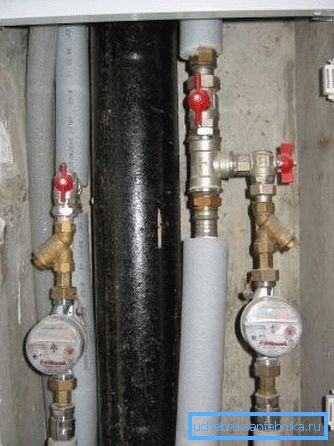
- If this did not help, or as a result, the tank began to fill too slowly, you will have to disassemble the faucet. To do this, turn off the water on the riser, then dismantle the device and perform the replacement of the gasket. In most cases, the buzz is just worn rubber, because this procedure helps to cope with the noise.
- The next step is to clean the hose or pipe connecting the water pipe to the tank. To do this, dismantle this element, remove from it the fittings with installed lattice filters and thoroughly wash all parts.
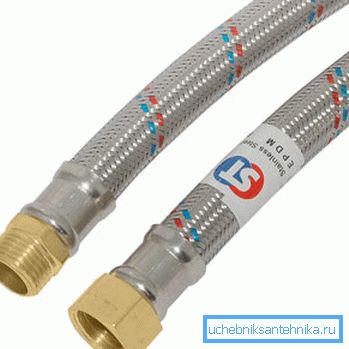
Tip! It is better to rinse the hose regularly - then the accumulation of lime will not be reflected in the pressure of the water entering the tank.
Tank repair
If the taps and hoses are in order, but the volume does not decrease, you need to repair the tank yourself.
For this:
- Remove the cover from the container by unscrewing the drain button.
- We dismantle valves, if necessary - disconnect the tank itself from the toilet bowl drain.
- We control the condition of the rubber seal between the tank and the bowl, if necessary, align or replace it.
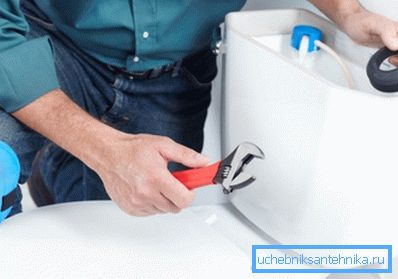
- We clean all parts of lime scale, paying special attention to moving elements.
- Check the status of the float. If leakages are detected, we seal the damage or replace the part.
- Thoroughly clean the supply valve, monitoring its performance. If necessary, we screw on the lower branch pipe of the toilet cistern valve a hose so that the incoming water flows directly to the bottom of the cistern and does not fall on it from a considerable height with a characteristic gurgling sound.
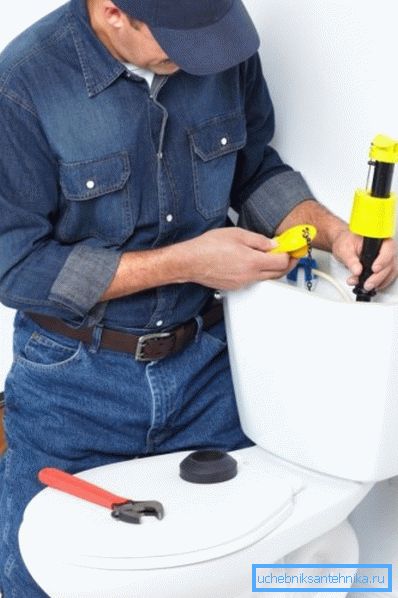
After that, we collect all the details, install the tank in place and supply water. As a rule, such prophylaxis helps if not to eliminate noise completely, then to seriously reduce its intensity.
Useful tips
However, even if your toilet is working, it can continue to make noise.
And here will help such recommendations:
- First, you should purchase a tight toilet lid. The smaller the gap between the lid and the product itself, the less noise "breaks" out.
- Secondly, it is possible to seal the taps and pipes in a special box made of plasterboard. And if from the inside in this box to fix sound-proof mats, then silence is practically guaranteed to you.
Note! But for the noise level of your neighbors is the finish of the walls, so you should pay attention to this nuance.
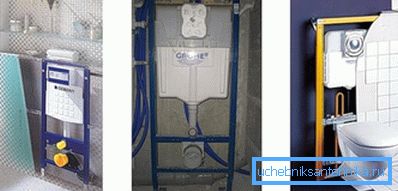
- Thirdly, if you want to get almost complete silence, choose a toilet with a built-in cistern. Of course, the price of such products is far from the budget, and during installation you will have to work hard, hiding the container under the wall paneling. But on the other hand, the volume of all the processes inside the process will be reduced to a possible minimum.
Conclusion
The sound of a toilet bowl - filling or flushing water down the drain - can not be called pleasant. So it is in our interest to minimize its volume, ideally providing complete silence in the toilet. How to do this, we have described above, and more detailed information can be found on the video in this article.